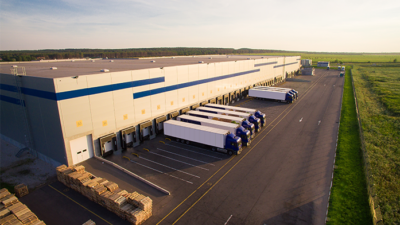- Artificial Intelligence (AI) is the next wave for the data center industry, driving strong leasing activity over the past 60 days.
- Pitchbook notes that $40 billion of venture capital (VC) funding was invested in AI companies in the first half of 2023, while overall VC funding dropped sharply.
- Converting underutilized real estate to data centers, however, is generally not a viable strategy.
- Hyperscaler users of data centers are highly sophisticated, with approved vendors and specific needs, making ground-up development the best solution.
- Strong competition for available product is providing tailwinds for the data center market.
The AI boom has caught the attention of the American public, and VC funding is pouring in, a bright spot in an otherwise cooling market. The popularity of ChatGPT has contributed to this recent surge — Google searches for “AI” peaked in mid-April — creating tailwinds for the data center market and re-energizing the sector, even if it is still the early days. AI and machine learning have been drivers in the industry for some time, changing data center infrastructure and in turn how these facilities are built. Hyperscalers (big tech/major cloud-computing players that take large data center footprints) are looking for purpose-built space, not conversions. While many office properties across the country will be eventually repurposed or demolished, it is generally not easy to convert an underused office, retail, or industrial building to modern data center specifications.
There are a few key barriers to data center conversion. First, the existing conditions of an office, retail, or industrial building often do not support today’s data center users. Heavy equipment requires specific floor loads and bracing, clear heights matter for air circulation, and access to power is critical. Also, there may be no time-to-market advantage for a conversion, as permitting and securing power is still a hurdle. Ground-up development is preferred, although perhaps it could be done on land after a vacant building is demolished.
Hyperscalers need specific property and locational attributes as well as developers with a track record, who are generally required to be approved vendors. These users know their requirements, available incentives, and their total cost of occupancy, and would likely recognize a property’s or land’s importance before current owners would. Competition for space remains strong, with other users such as advanced manufacturing and EV makers also seeking heavy power and utility access. Finally, since these facilities are major investments for technology companies, they may prefer to own and operate the properties.

 Aaron Jodka
Aaron Jodka



